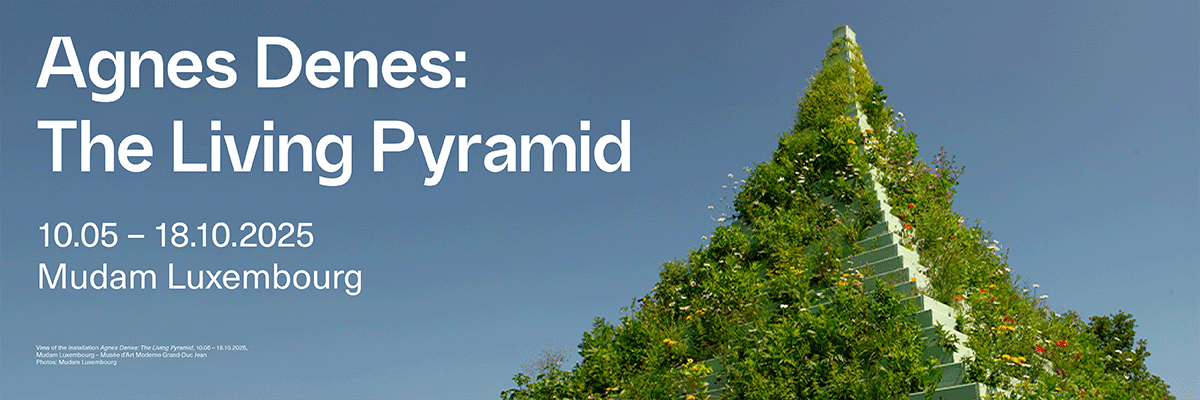
Štěpán Brož
Swampy Alliance

Advertisement



















The paintings of Štěpán Brož open a passageway into landscapes sensed somewhere beyond seven mountains and seven rivers. They lead us through familiar woods, clammy marshes, and distant valleys and mountain trails that awaken the feeling we have walked them countless times before – yet we remain unsure whether this happened in reality, in a dream, or in a long-forgotten childhood. Back then we could still read in nature the promise of adventure, magic, and hidden treasure, as well as the chance to escape everyday reality. Within this parallel, dream-like realm one may encounter fairytale beings, medieval pilgrims, and at times the shadow of a protective magic that allows us to peer more deeply into worlds as yet unexplored.
Brož’s multi-layered world is built on several planes of inspiration that weave Central European folk imagination together with the pop-culture fantasy genre – in literature, music, computer games such as The Witcher or Kingdom Come, and in film or live-action role-play. This half-real, half-fabulised space recalls the canvases of Caspar David Friedrich and the metaphysically melancholic film landscapes of Andrei Tarkovsky, while gently alluding to Tolkien’s universe. In its suggestions, the restlessness and mystery of nature continually intertwine with traces of human presence, underscoring the uncertain boundary between outer and inner, between the rational and the irrational.
Across the interplay of these influences a most beguiling music sounds in the distance – from the dark, rumbling tones of an animal horn and the delicate filigree of flutes to the droning hum of a medieval hurdy-gurdy. It is unclear whether someone is announcing their arrival or whether a wizard’s apprentice is merely whiling away a long journey with music. This “acoustic backdrop” migrates into the visual language and acquires a potent symbolic charge: the ability to reshape society through a single hypnotic tone, whether in a Lynch-like atmosphere of surreal hints, or in the tale of the magical rat-catcher who can command the masses with his art.
The tension between past and present, fiction and reality indicates that this parallel world is not an escapist fantasy; on the contrary, it offers prisms through which contemporary reality can be viewed in new, sometimes surreally skewed contexts. The multilayered pictorial universe of Štěpán Brož can thus be perceived as a poetic, ironic, and disquieting mirror of our own everyday. Forgotten border-region houses, volcanic hills, and echoes of the past carry not only nostalgic value but also evoke the weight of historical consciousness, the collective memory of trauma, and a latent unrest that could easily seize the atmosphere of this land once more.
Although Brož’s works hint at complex narratives, most plot lines – including their possible outcomes – remain hidden from the viewer. The artist delights in indirection and deliberate obscurity, prompting us to ponder what is unfolding behind each scene. A careful reading reveals “stories within stories” – minor events happening in the distance or at the edge of the canvas, such as a boat gliding over the sea or the sudden metamorphosis of sky and landscape on the horizon. These details mirror the artist’s interest in what occurs “on the margins,” whether in relation to setting or characters. It is therefore no surprise that dragons, basilisks, and other creatures familiar from illuminated medieval manuscripts or Gothic architecture also serve him as sources of inspiration.
Štěpán Brož’s paintings balance on the threshold between gently ironic commentary and a surreal refinement of the present. Creative imagination here never relinquishes its bond with the real world; instead, it allows that world to resonate across many layers of meaning. Beneath their surface lies an ambivalent realm where poetic everydayness merges with mythic scenes from legendary times. Thus the artist leads us to realise that even in those fairytale landscapes we inevitably encounter a reflection of the present—and that we can therefore approach them as a living organism that is at once a legacy of the past and a mirror of the present.
Štěpán Brož (*1992) is a painter and illustrator. He earned his bachelor’s degree in Illustration and Graphics at the Academy of Arts, Architecture and Design in Prague (UMPRUM) and his master’s degree in Painting I under the guidance of Vasil Artamonov at the Faculty of Fine Arts of the Brno University of Technology, where he is currently pursuing doctoral studies. He has completed international residencies at CEDIM in Monterrey, Mexico; KASK in Ghent, Belgium; and Schaumbad in Graz, Austria. Brož has held solo exhibitions at venues such as Xaoxax Gallery in Prague and Zaazrak Dornych in Brno, and has taken part in group shows including KASK Drawing Cabinet in Ghent, Holešovická Šachta and MeetFactory in Prague, Gallery Klatovy/Klenová, TIC Gallery in Brno, and AQB Budapest.
Tereza Havlovicová, Ján Gajdušek




